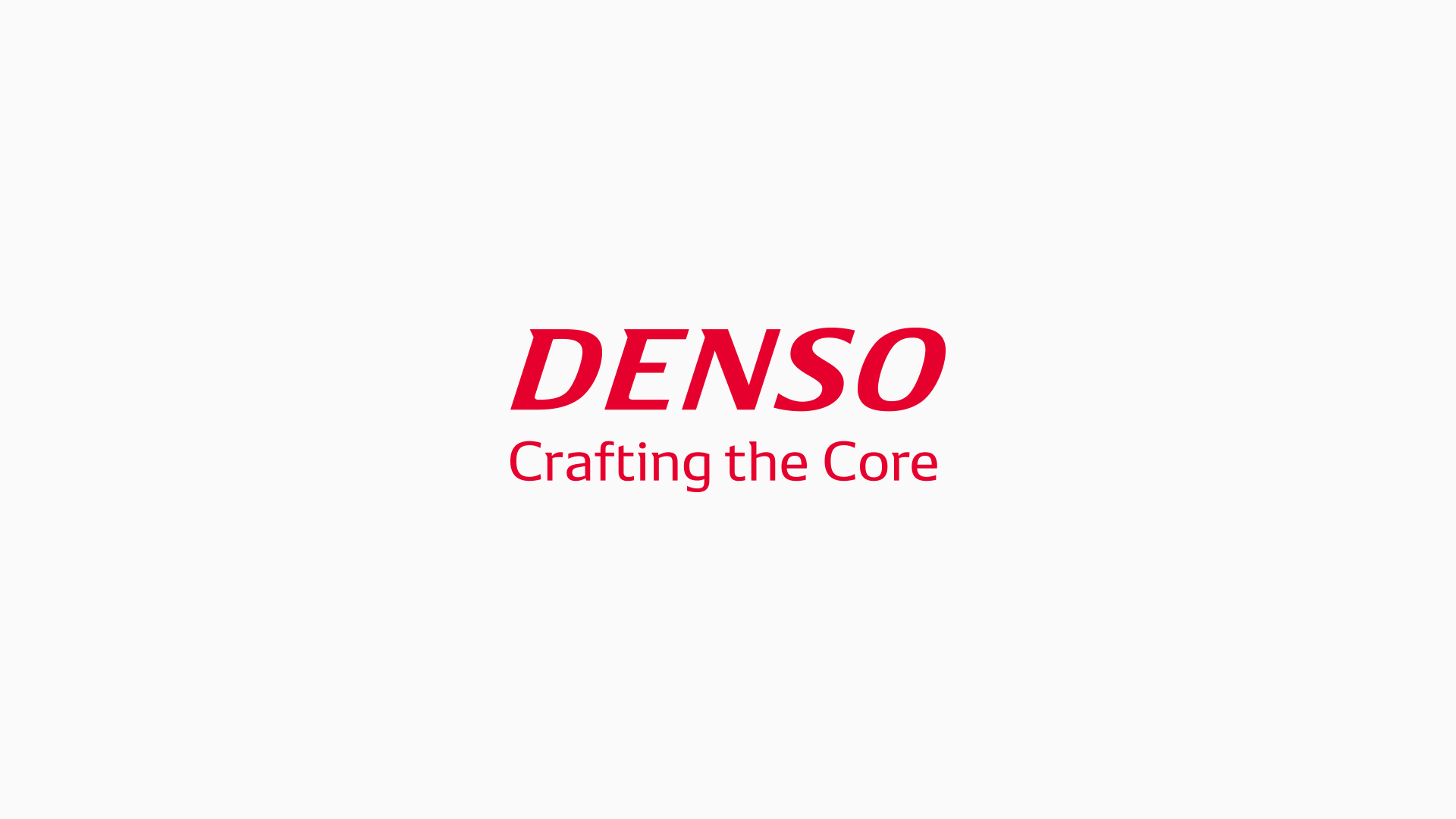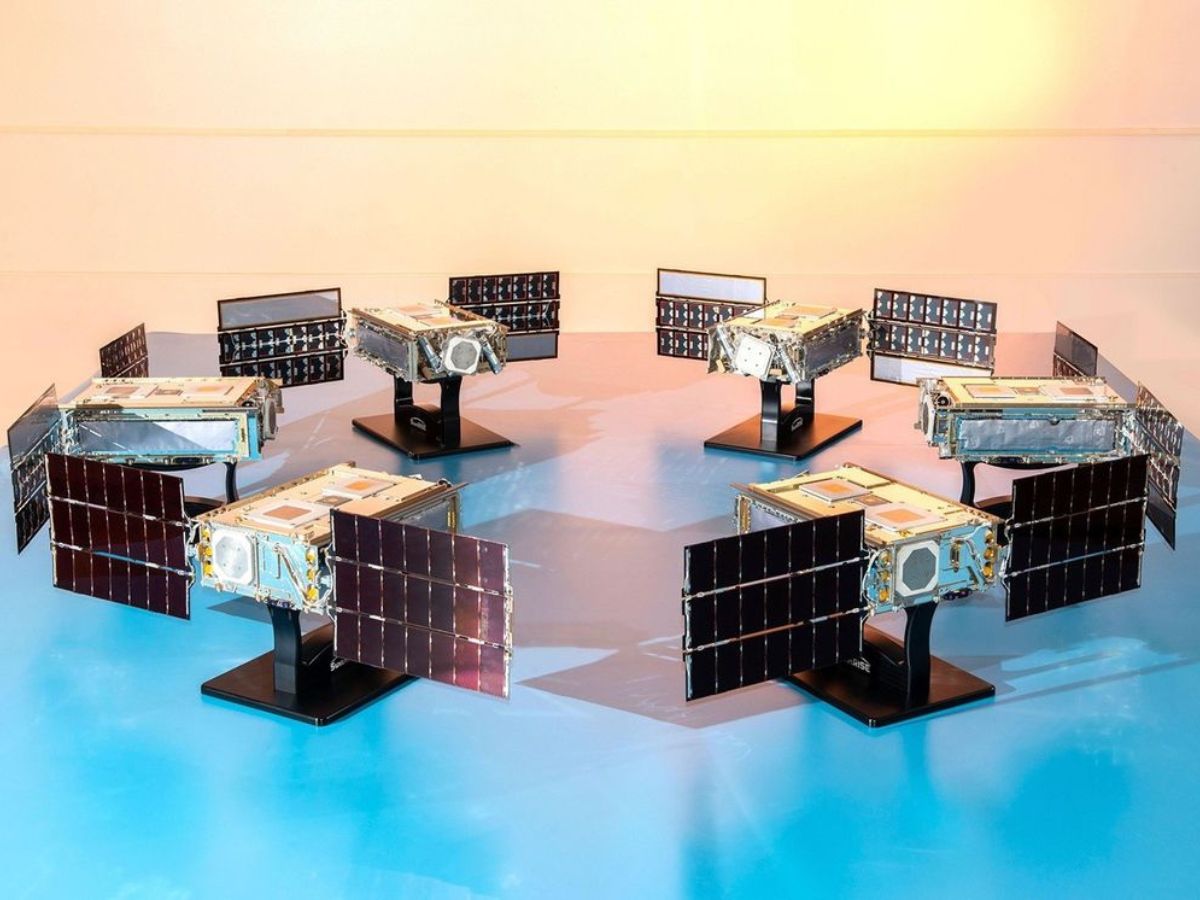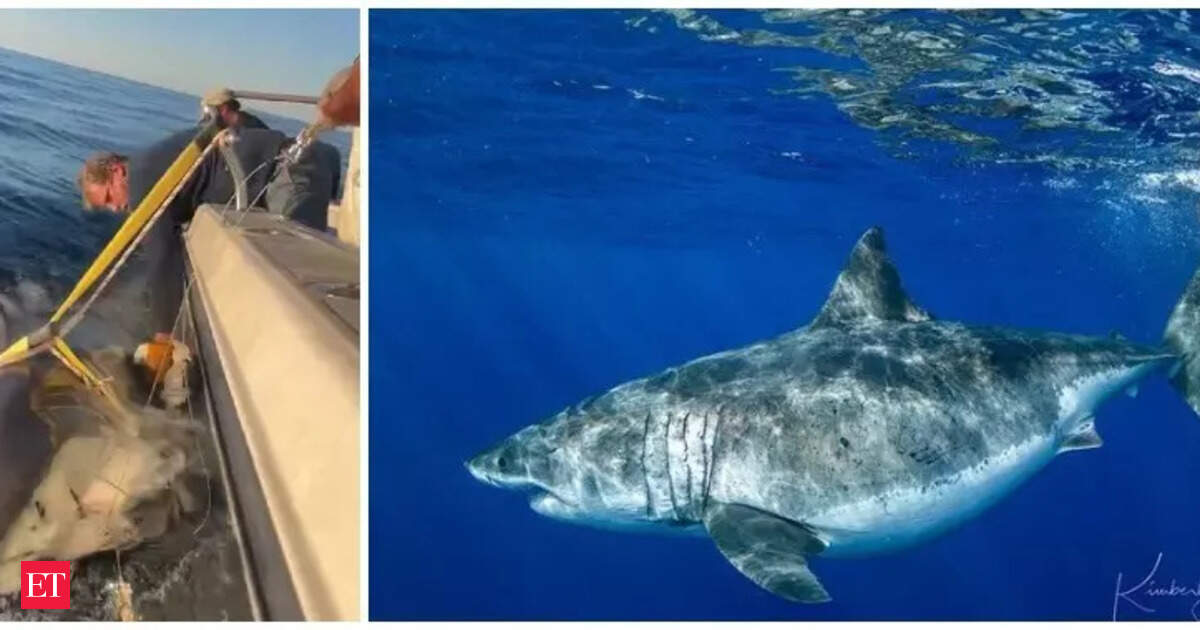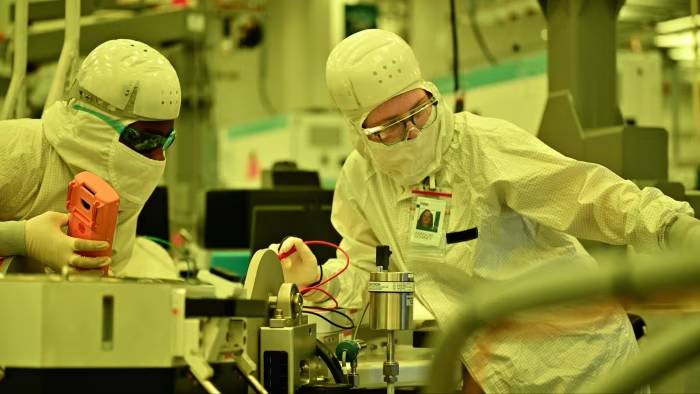…
Blog
-

Newly developed eAxle adopted for TOYOTA’s new “bZ4X” | Newsroom | News
BluE Nexus Corporation (Headquarters: Anjo City, Aichi Prefecture; President: Hidetoshi Uchiyama, hereinafter “BluE”) and AISIN Corporation (Headquarters: Kariya City, Aichi Prefecture; President: Moritaka Yoshida, hereinafter “AISIN”), and DENSO CORPORATION (Headquarters: Kariya City, Aichi Prefecture; President: Shinnosuke Hayashi, hereinafter “DENSO”) have jointly developed an eAxle that achieves high power performance in a compact size, contributing to improved vehicle energy efficiency. This product will be installed in the new Toyota bZ4X.
The newly adopted eAxle, new inverter with a flat, double-sided cooling structure that incorporates advanced SiC (silicon carbide) power semiconductors and cooling technology, thereby enhancing output density and efficiency. Furthermore, transmission efficiency has been improved by enhancing gear precision and reducing oil agitation resistance through casing shape optimization.
Through these technological advancements in eAxle, we are supporting the creation of vehicles that not only enhance practicality, such as extending driving range, but also pursue the pleasant driving experience and comfort that defines the bZ4X. Furthermore, it contributes to TOYOTA’s “multi-pathway” approach, which addresses the diverse needs of customers in every country and region as we strive to achieve carbon neutrality.
Moving forward, BluE, AISIN, and DENSO will continue to leverage our respective strengths and expertise to provide valuable technologies and products and contribute to a carbon-neutral society by having our products equipped in all types of electric vehicles.Continue Reading
-

NASA to launch six satellites that will study and map particles from the Sun
The six SunRISE satellites (Image source: Space Dynamics Laboratory/Allison Bills; cropped) Continue Reading
-

Largest male great white shark tagged in Atlantic resurfaces off Canadian coast; how it stacks up against the largest female shark
A nearly 14-foot adult great white shark, the largest male ever tagged in the Atlantic Ocean, was recently recorded in the northern Gulf of St. Lawrence, off the coast of Newfoundland and Labrador, according to tracking data from OCEARCH. The…Continue Reading
-

Judge drops Drake’s defamation lawsuit over Kendrick Lamar’s Not Like Us
 Getty Images
Getty ImagesA judge has dismissed Drake’s defamation lawsuit against Universal Music Group over Kendrick Lamar’s Not Like Us.
Judge Jeannette Vargas ruled Lamar’s lyrics, which accused Drake and his associates of being “certified paedophiles”,…
Continue Reading
-
Pakistan fed up with terrorism, Asif tells Kabul – Dawn
- Pakistan fed up with terrorism, Asif tells Kabul Dawn
- Special force green-lit to protect dams Dawn
- ‘Enough Is Enough’: Khawaja Asif Said Pakistan ‘Fed Up Of Terrorism’ Before Kabul Airstrikes | World News News18
- Khawaja Asif: Pakistan’s…
Continue Reading
-

China’s wafer shake-up and the rise of ‘Silicon Desert’
Hi everyone! This is Cheng Ting-Fang, your #techAsia host this week.
Greetings from the “Silicon Desert” of Arizona, where I have had the rare opportunity to visit Intel’s newest and most advanced facility. Known as Fab 52, it has just begun production of the world’s most cutting-edge chips, marking a key milestone for the American chipmaker’s tech comeback bid.
Suiting up in a cleanroom gown was an experience. It started with a shower cap, then a full head cover that also covered my nose and mouth. Two pairs of gloves, one rubber and one cotton, to fully seal my hands were followed by shoe covers, cleanroom boots and protective eyewear. This provides a glimpse into the daily routine of a technician working on an ultra-advanced production line. And keep in mind, workers need to wear this gear the entirety of their 12-hour shifts.
Factory manager Michael led us through the factory floor of Fab 52, home to Intel’s most advanced 18A chip production.
Machines known as overhead hoist vehicles immediately caught everyone’s attention. Moving along tracks on the ceiling, they formed a kind of “multi-story superhighway” connecting all of Intel’s fabs across the campus. More than 2,100 of these driverless cars travel along about 30 miles of track, ferrying silicon wafers from one machine to another. We also stopped by ASML’s advanced extreme ultraviolet (EUV) lithography machines on the cleanroom floor. The tools are essential for printing the world’s tiniest transistor structures — and they are not the only cutting-edge feature of the plant.
“Even the concrete used to build the new factory needs to be specially tailor-made to accommodate new machines and new technologies,” the factory manager said. According to Intel, about 600,000 cubic metres of concrete and 75,000 tonnes of steel reinforcement were used for Fab 52, roughly twice the amount used to construct the Burj Khalifa in Dubai, the world’s tallest building.
Outside, under the azure October sky, stretched the sun-baked plains of the desert, dotted with iconic saguaro cacti and agave plants. Rugged mountains loomed in the distance.
About an hour’s drive north from Intel’s campus in Chandler towers another impressive sight: “Big Red”, the largest crane in the US. Its presence is a sign that construction remains in full swing at another leading chipmaker, Taiwan Semiconductor Manufacturing Co. The company plans to start installing equipment at its second plant in north Phoenix next year, while construction on a third facility started earlier this year. Several more facilities are expected to follow, as TSMC has committed to investing a total of $165bn in the US.
Arizona is a unique place where two of the world’s top chipmakers, Intel and TSMC, are building or plan to make their most advanced chips. Yet many industry leaders note that manufacturing in the US comes with higher costs and a shortage of skilled workers, challenges I witnessed first-hand during my trip.
A simple meal of two sushi rolls with miso soup cost nearly $40, more than double what I would pay in Taiwan or Japan. A basic wash and blow-dry at a hair salon was over $50, with a 20 per cent tip expected as a matter of course. Similar services in Taipei or Tokyo cost about a third. (Though Arizona residents told me that the cost of living in the Grand Canyon State is still much more affordable than in California!)
Even getting around day to day felt slower. An average Uber wait was around 10 to 12 minutes, compared with just 3 to 5 minutes in many Asian cities. Labor shortages were also clear: at two hotels where I stayed, a single staff member handled the entire breakfast shift, taking orders, brewing coffee and preparing everything from avocado toast and fried eggs to bagels.
Still, several of my industry friends say that Arizona and the greater Phoenix area are quickly changing, becoming more vibrant as new investments pour in. They tell me that by the next time I visit, it won’t feel like a “food desert” anymore, with well-known Taiwanese restaurants opening branches, plans for mega malls and hotels and a new direct flight from Taipei launching in December.
China makes waves in wafers
China’s localisation bid for critical materials and components has started to rattle global players. The latest shock is in silicon wafers, the essential base material on which most chips are built.
The market has long been dominated by a few major players: Japan’s Shin-Etsu Chemical and Sumco, Taiwan’s GlobalWafers and Germany’s Siltronic. However, Chinese suppliers are rapidly gaining ground, capturing meaningful market share as Beijing pushes to localise critical semiconductor materials. Silicon wafers have become a key focus in China’s drive to strengthen its domestic chip supply chain, Cheng Ting-Fang and Lauly Li report.
China’s leading wafer maker, Xi’an Eswin Material Technology, is preparing to go public on the Shanghai STAR Market. The company is led by renowned tech entrepreneur Wang Dongsheng, founder of display giant BOE Technology Group. Eswin has already captured about 7 per cent of the global silicon wafer market as of 2024 and is expected to exceed 10 per cent in coming years. Overall, China’s self-sufficiency in using domestically produced wafers among its local chipmakers has already reached 50 per cent, and that rate is expected to rise significantly.
Back in the game
Global investors are tiptoeing back into China’s start-up world. After a freeze driven by US-China tensions and Beijing’s tech crackdown, several of the country’s biggest venture capital firms are again raising fresh US dollar funds, write the Financial Times’ Ryan McMorrow and Eleanor Olcott.
ByteDance backer Source Code Capital and Pop Mart investor BA Capital have each secured about $150mn, while Lightspeed China Partners has raised over $200mn and Qiming Venture Partners is targeting $600mn for biotech bets.
While the $1.1bn being raised by the VC groups is a far cry from the $30bn that was ploughed into China VC in 2021 and 2022, it marks a thaw after global investors retreated in 2023.
VCs say the booming Hong Kong IPO market and a hot robotics and AI scene have reignited global investors’ interest.
“The entire robotics supply chain is in China,” said Xing Meng of 5Y capital, adding that valuations were a fraction of those earned by start-ups in the US
Overtaking the pack
US chip investment is projected to accelerate sharply from 2027, outpacing other major chip economies including China, South Korea and Taiwan, Yifan Yu and Cheng Ting-Fang report from Phoenix, Arizona.
According to the latest estimates by SEMI, investment in US chip manufacturing, including equipment purchases and facility construction, is expected to rise from around $21bn in 2025 and 2026 to $33bn in 2027 and $43bn in 2028. The total between 2027 and 2030 is forecast to reach $158bn.
This surge in domestic chipmaking capacity is largely driven by government policies and a new tariff environment aimed at reshoring chip production, as well as the growing demand for AI computing, a sector in which US chip developers continue to lead the global market.
SoftBank gets physical
SoftBank said it will acquire the robotics business of Swiss-based automation solutions provider ABB for $5.4bn, as the Japanese conglomerate expands its AI investments into a new frontier, Nikkei Asia’s Tsubasa Suruga writes. SoftBank founder Masayoshi Son is betting big on “physical AI”, or embedding AI into machines such as cars or robots to create autonomous systems capable of acting and making decisions like humans. Adding ABB’s robotics business to the group’s portfolio is expected to be a major boost for such ambitions.
Son’s push echoes that of Infineon’s CEO, who said in an exclusive interview with Nikkei Asia that “physical AI”, including humanoid robots, promise the most exciting growth opportunities for the emerging technology.
Suggested reads
-
China curbs use of Nokia and Ericsson in telecoms networks (FT)
-
Indian logistics get tech overhaul to support supply chain shift (Nikkei Asia)
-
EU pushes new AI strategy to reduce tech reliance on US and China (FT)
-
America risks a dangerous dependence on Chinese chips (FT)
-
Japan’s Ricoh eyes ink-jet tech to make flexible solar cells (Nikkei Asia)
-
SoftBank’s Son looks to ‘next frontier’ of AI robots with ABB deal (Nikkei Asia)
-
Convicted moguls Sean Combs and Miles Guo ponder AI platform after jail (FT)
-
NTT and Broadcom to build key device for ultrafast optical network in 2026 (Nikkei Asia)
-
Japan grapples with surge in exploding portable power banks (Nikkei Asia)
-
India solar panel start-up to double capacity, with AI aiding inspections (Nikkei Asia)
#techAsia is co-ordinated by Nikkei Asia’s Katherine Creel in Tokyo, with assistance from the FT tech desk in London.
Sign up here at Nikkei Asia to receive #techAsia each week. The editorial team can be reached at techasia@nex.nikkei.co.jp
Continue Reading
-
-

Flash Bomber serves up a winning launch with ‘The Banana Ad’ for Ace of Clubs Bangkok – Campaign Brief Asia
October 10 2025, 9:45 am | | No CommentsFlash Bomber Bangkok has helped…
Continue Reading
-
Efforts to keep TLP contained keep Lahore on edge – Dawn
- Efforts to keep TLP contained keep Lahore on edge Dawn
- Pakistan: Roads blocked, mobile internet suspended in Islamabad, Rawalpindi – All you need to know Times of India
- Pakistan suspends mobile, internet services in Islamabad and Rawalpindi ahead…
Continue Reading

